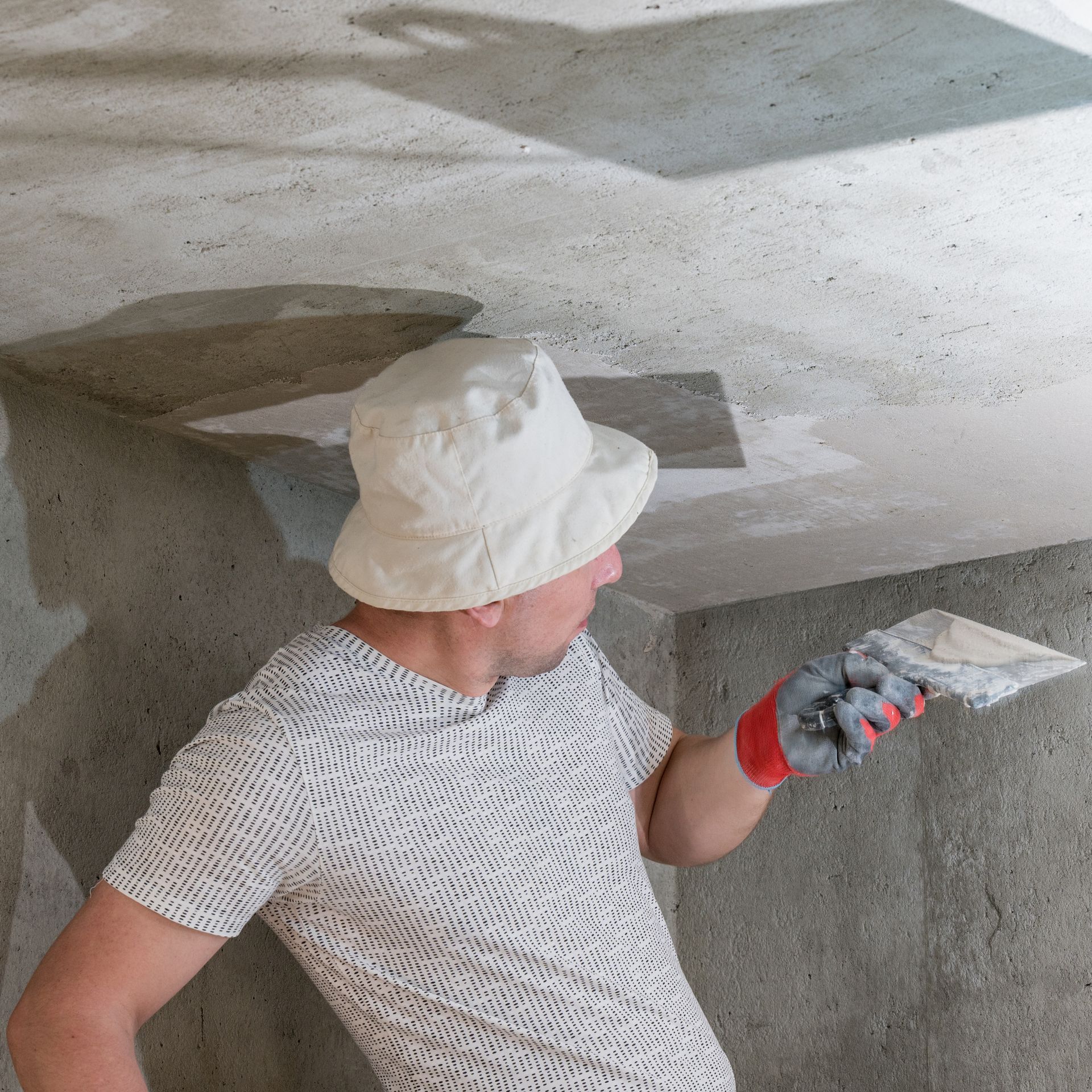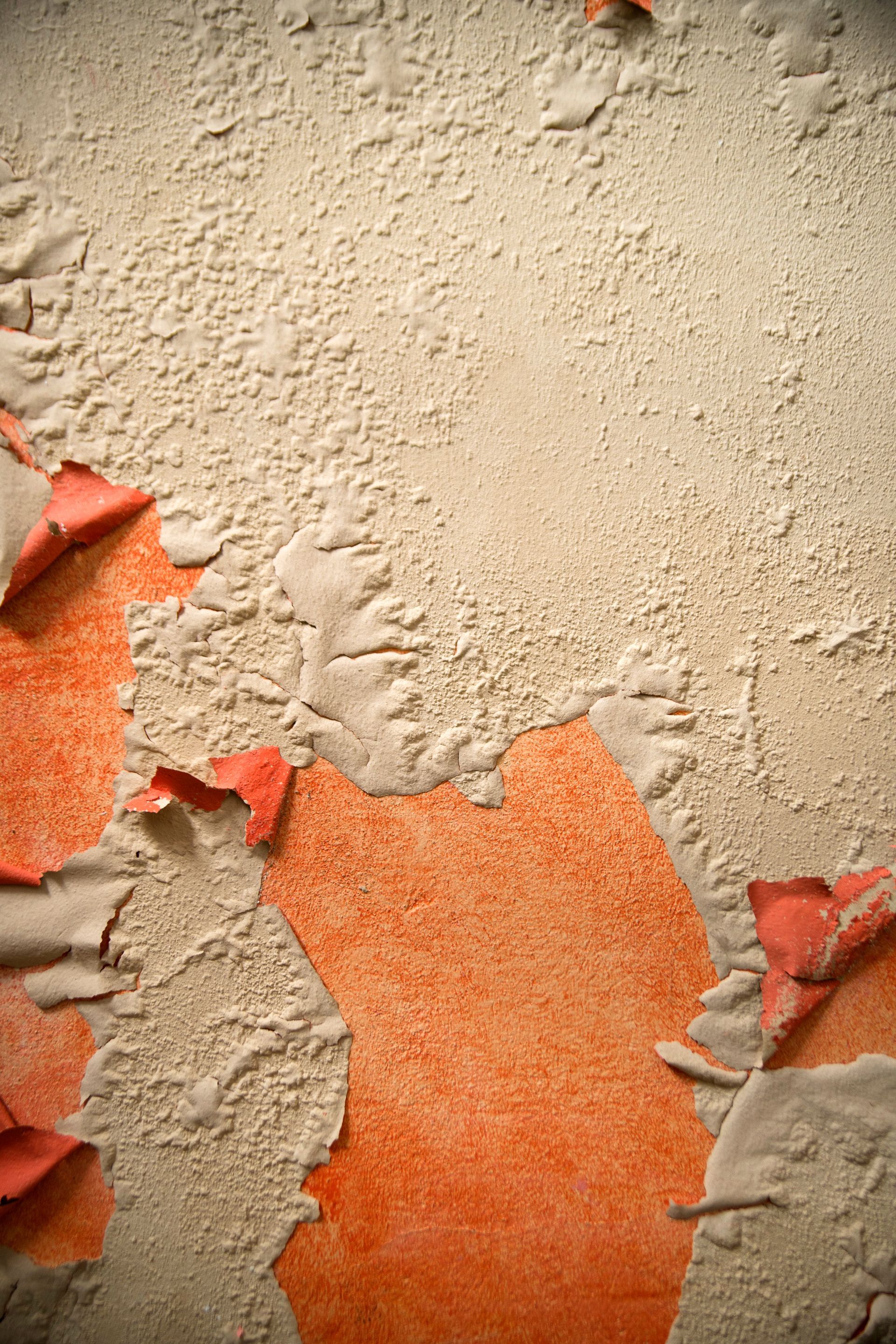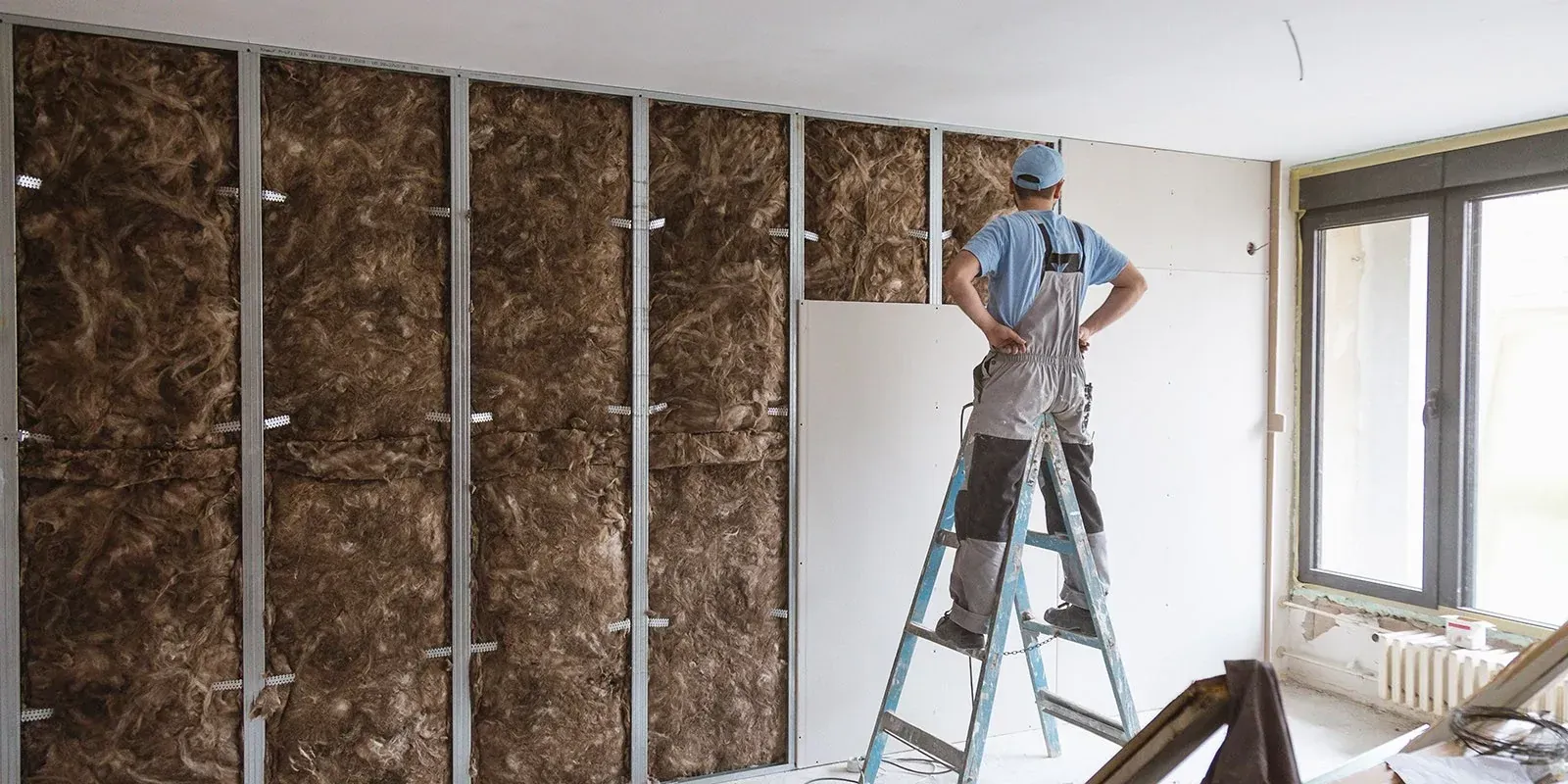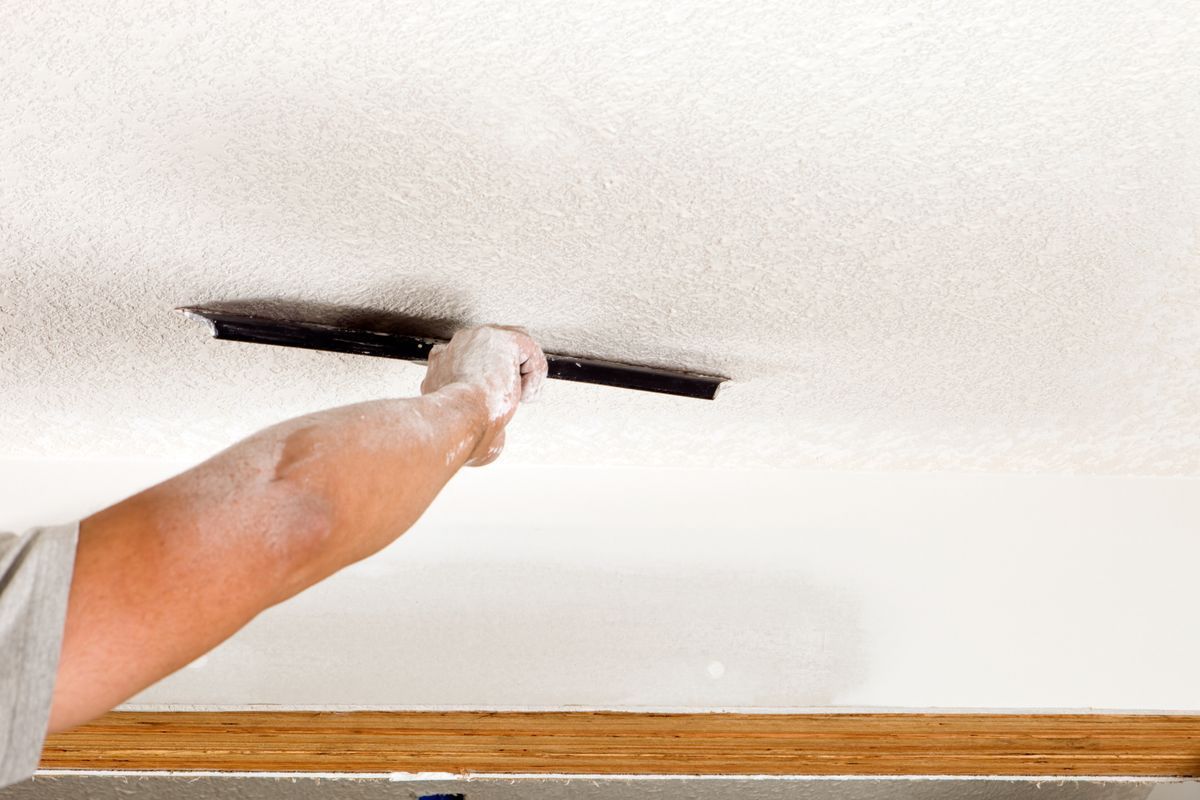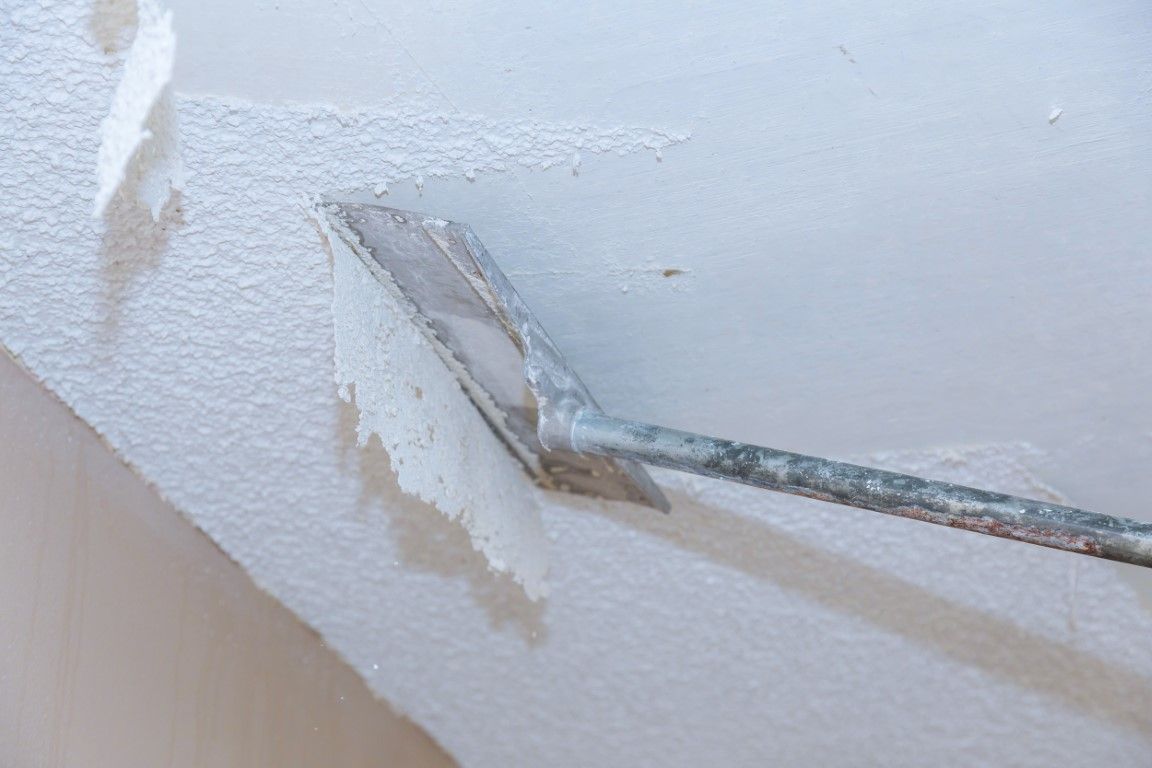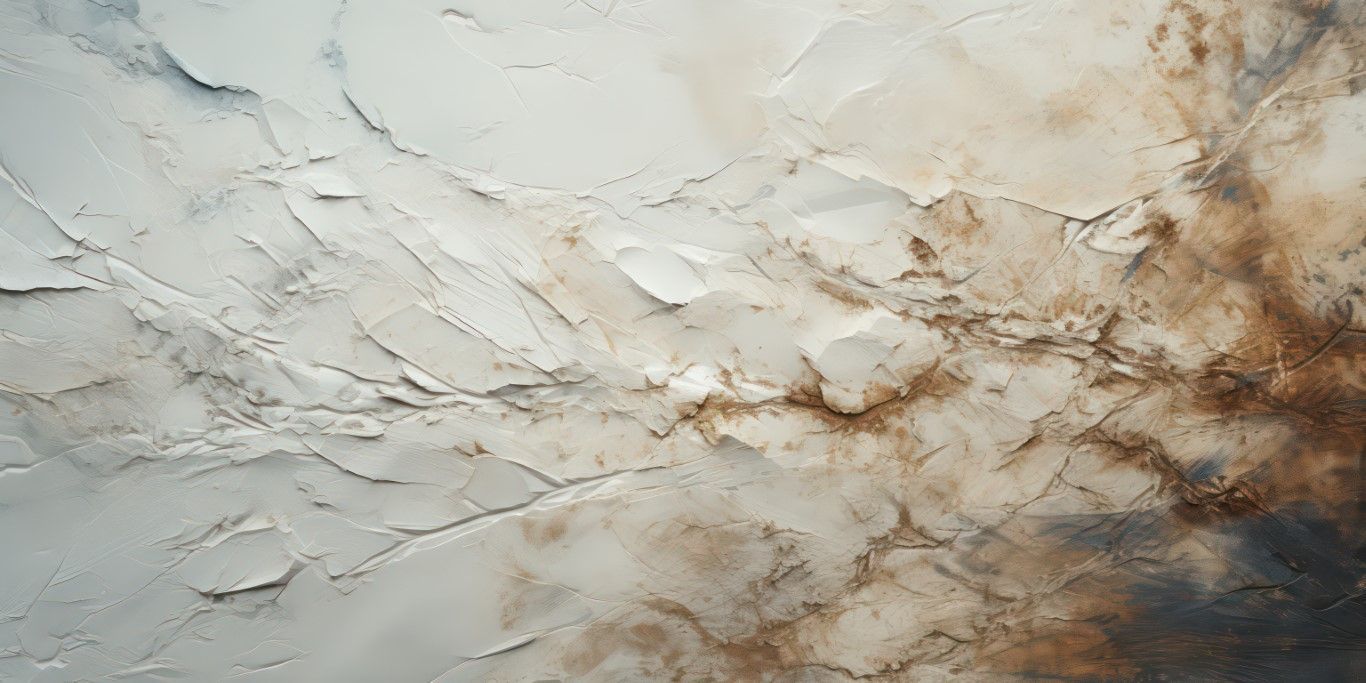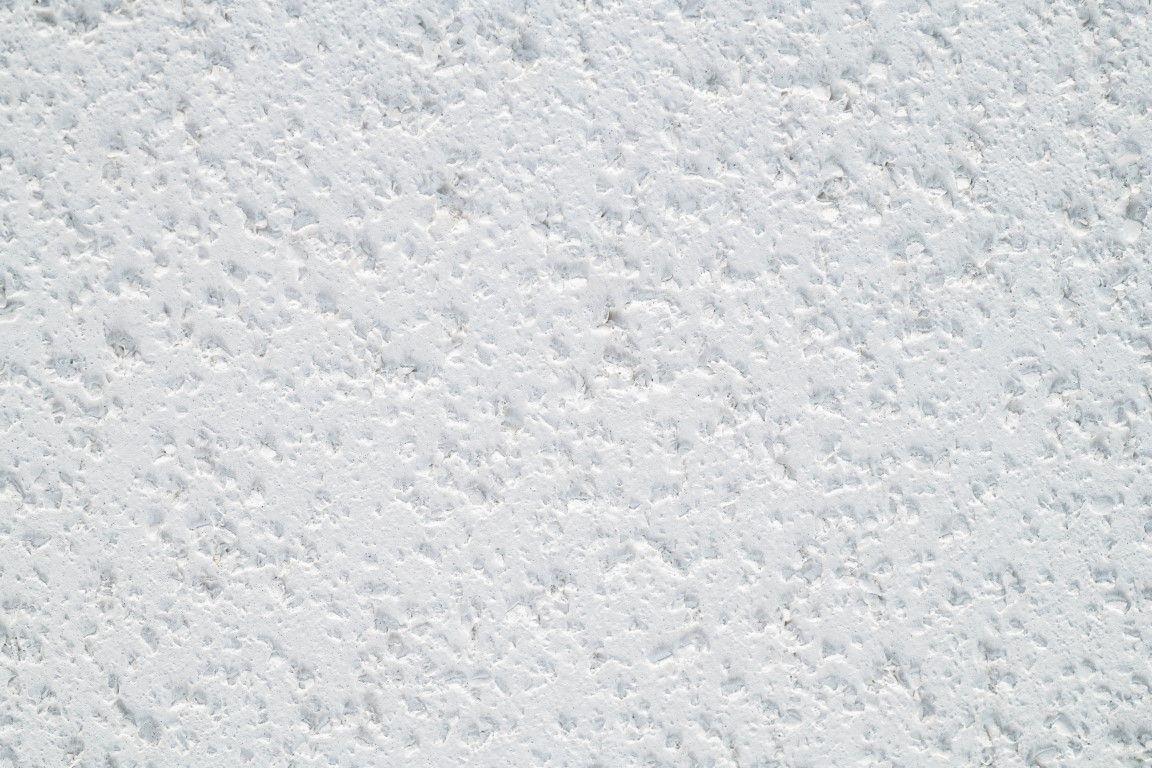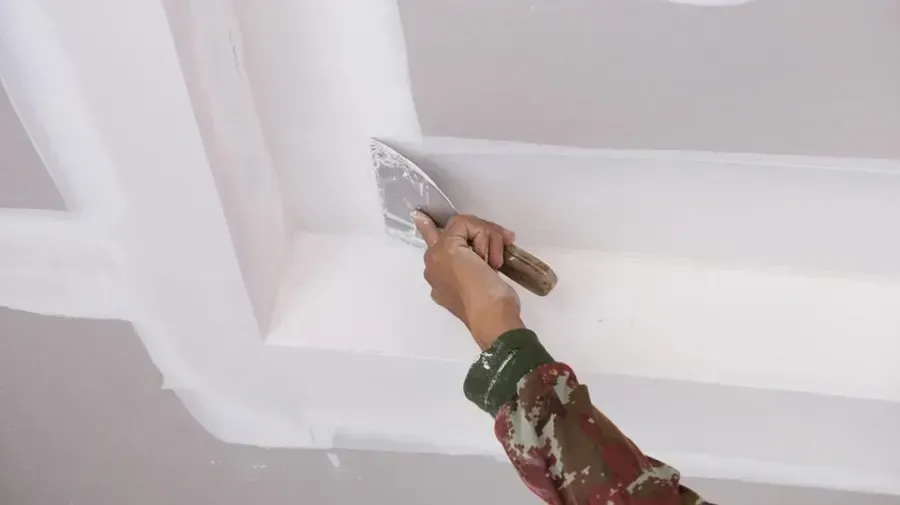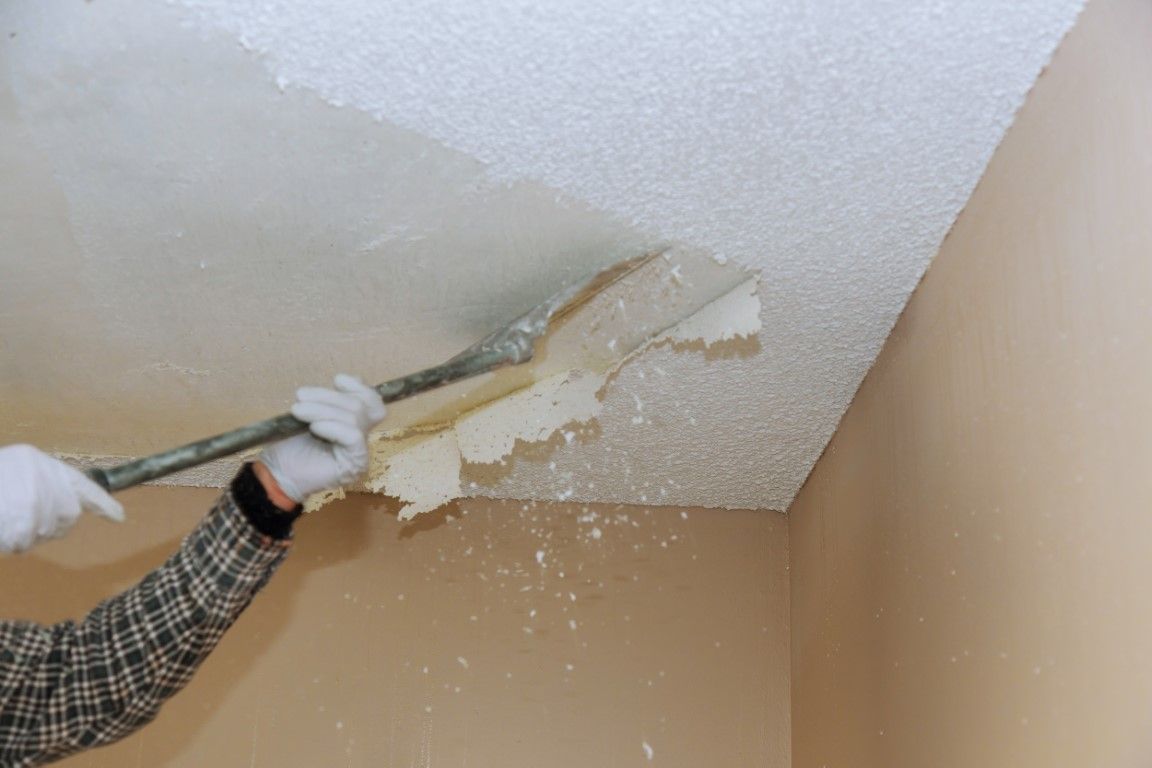What is Popcorn Ceiling Made of?
Unveiling Popcorn Ceilings: Composition and Considerations
Popcorn ceilings, once a popular choice for homeowners from the 1950s to the 1980s, were valued for their cost-effectiveness in soundproofing and concealing imperfections. However, as trends have shifted and health concerns have arisen, many homeowners are now considering removing or updating their popcorn ceilings. Understanding the composition of these ceilings is crucial for those embarking on renovation projects. Here's a concise exploration of what popcorn ceilings are made of and considerations for their removal.
Composition:
Asbestos Content: In the past, asbestos was a common component of popcorn ceilings, prized for its fire resistance and durability. However, due to its association with serious health issues, such as lung cancer and mesothelioma, its use in popcorn ceilings declined in the late 1970s. Homes built before this period are more likely to have asbestos-containing popcorn ceilings.
Styrene and Styrofoam: Some popcorn ceiling textures included styrene or Styrofoam beads to achieve a lightweight quality. These materials were often mixed with the base material to create the textured appearance.
Binder Material: The base material of popcorn ceilings typically consists of a mixture of drywall mud or joint compound. This mixture gives the ceiling its characteristic bumpy texture and helps it adhere to the ceiling surface.
Paint and Texture Additives: Various colors or reflective particles were often added to the mixture to achieve the desired appearance. These additives also helped to improve the durability and aesthetic appeal of the ceiling.
Considerations for Removal:
Asbestos Testing: Homes built before the late 1970s should undergo asbestos testing before any popcorn ceiling removal. Professional testing is crucial to ensure the safety of occupants. If asbestos is found, professional removal is recommended to prevent exposure and comply with regulations.
Safety Precautions: For popcorn ceilings that contain asbestos, professional removal with proper safety measures is essential. Asbestos fibers can become airborne during removal, posing a serious health risk if inhaled. Professionals use specialized equipment and procedures to safely remove asbestos-containing materials.
DIY Removal for Non-Asbestos Ceilings: Homeowners with non-asbestos popcorn ceilings can consider a DIY removal process with precautions and protective gear. It's important to wet the ceiling before scraping to minimize the release of dust and debris. Additionally, wearing a mask and goggles can help protect against exposure to airborne particles.
Understanding the composition of popcorn ceilings is vital for informed decision-making during renovations. For safety, asbestos testing and professional removal are paramount, ensuring a secure and modern aesthetic for homeowners embracing the removal trend.
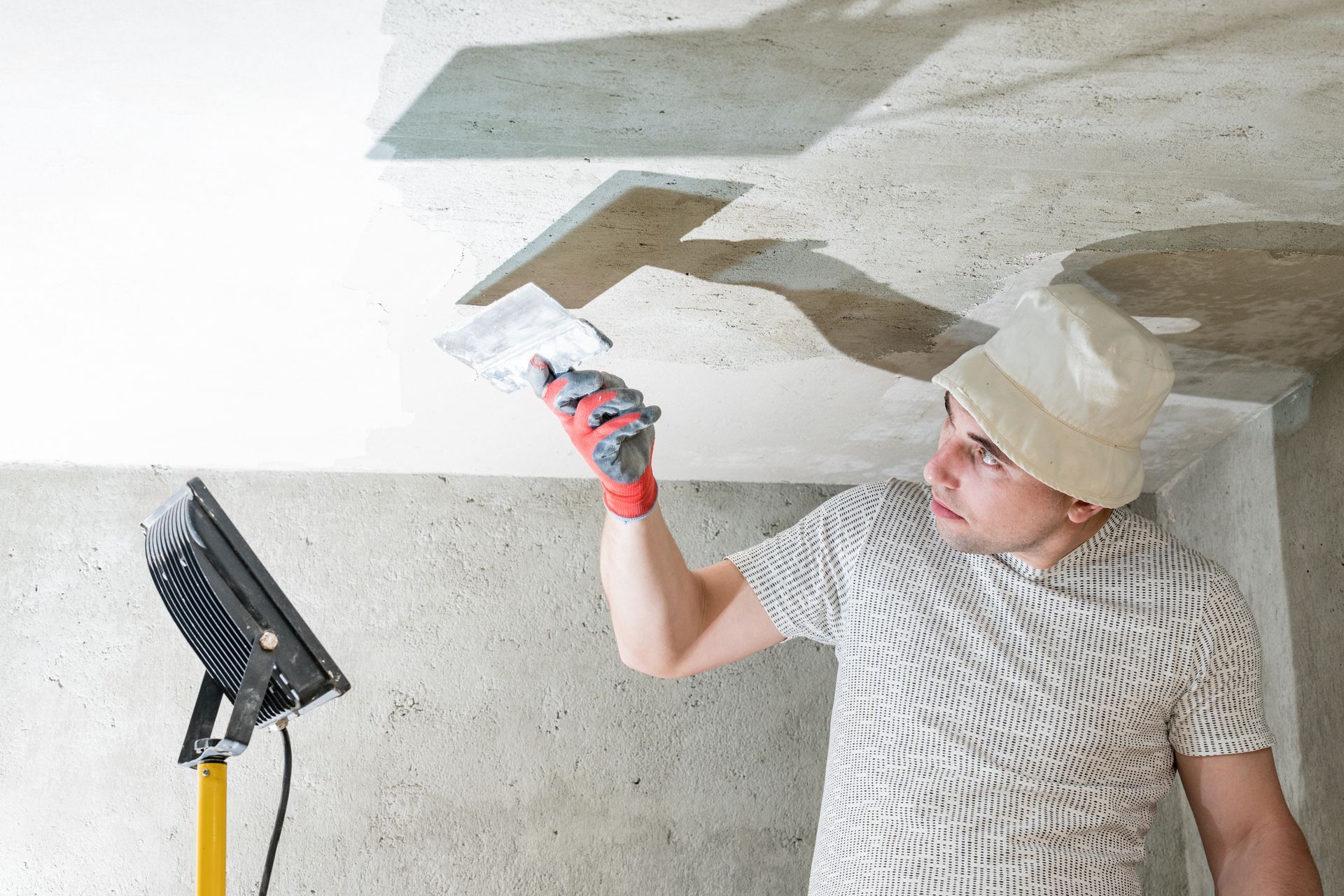
Let's Connect!
We are a professional company that specializes in the safe and efficient removal of popcorn ceilings. With years of experience in the industry, we can guarantee that your project will be performed with the utmost care and precision. Our goal is to provide our customers with top-notch service from start to finish.
Quick Links
Company Info
Big B's Boca Raton Popcorn Ceiling Removal Pros
7714 La Mirada Dr, Boca Raton, FL 33433, United States of America
